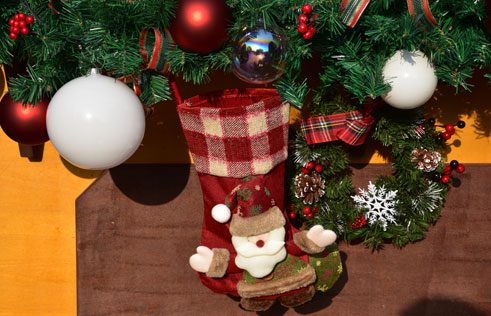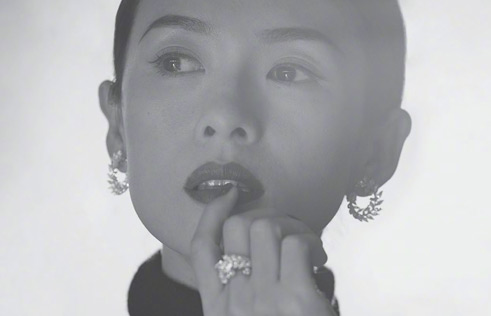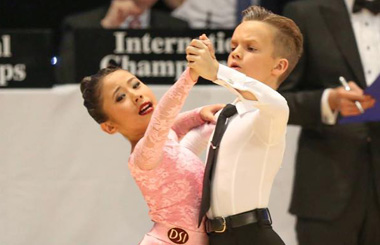Chinese Alcohol, Chinese Spirits
Classification
According to its fragrance, Baijiu can be classified into 6 different categories.
"Sauce" fragrance: A highly fragrant distilled liquor of bold character. To the Western palate, sauce fragrance baijiu can be quite challenging to the senses. It has solvent and barnyard aromas, with the former, in combination with the ethanol in the liquor, imparting a sharp ammonia-like note. Its smell has been described as stinky tofu crossed with grappa. To the initiated, it is quite delicious and is considered the perfect complement for fine preserved and pickled foods. This class is also referred to as "Mao xiang," after the best known wine of this class, Maotai.
Heavy/thick fragrance: A class of distilled liquor that is sweet tasting, unctuous in texture, and mellow, with a gentle lasting fragrance contributed by the high levels of esters, primarily ethyl acetate. Most liquors of this class are made using Aspergillus-type starters. One example of this type of liquor is the Five Grains Liquid of Yibin.
Light fragrance: Delicate, dry, and light, leaving a delectable mellow and clean feeling in the mouth. The flavor of this distilled liquor is contributed primarily by ethyl acetate and ethyl lactate. An example of this kind of liquor is Fen jiu of Shanxi.
Rice fragrance: The character of this class of wine is exemplified by baijiu distilled from rice, such as Tri-Flower Liquor of Guilin. This type of wine has long history and is made using Rhizopus spp. type starters ("Small starter"). It has a clean feeling in the mouth and is slightly aromatic aroma, dominated by ethyl lactate with lesser flavor contributions by ethyl acetate.
Honey fragrance: A class of distilled liquor with the fragrance of honey. Liquors of this class are subtle in flavor and sweet in taste.
Layered fragrance: A class of distilled liquors that contain the characteristics of “Sauce,” Heavy, and Light Fragrance distilled liquors. As such, liquors of this class vary widely in their aroma, feeling in the mouth, and dryness. An example of this type of liquor is Xifeng Jiu, produced in Fengxiang County of Shaanxi.
Famous Baijiu
Here is a list of some famous varieties of baijiu in China, which you can buy in liquor stores or order in a restaurant.
Fen jiu - this wine dates back to the Northern and Southern Dynasties (550 A.D.). It is the original Chinese white wine made from sorghum. Alcohol content by volume: 63-65%.
Zhu Ye Qing jiu - this wine is Fen jiu brewed with a dozen or more selected Chinese herbal medicines. One of the ingredients is bamboo leaves, which give the wine its name and its greenish color. Alcohol content by volume: 46%.
Mao Tai jiu - this wine has a history of over 200 years. It is named after its origin in Mao Tai town in Guizhou province. It is made from wheat and sorghum through a unique distilling process that involves seven iterations of the brewing cycle. This wine was made famous to the western world when the Chinese government served it in state banquets entertaining US presidents. Alcohol content by volume: 54-55%.
Gao Liang jiu - Goa Liang is the Chinese name for sorghum. Besides sorghum, the brewing process also uses barley, wheat, and other ingredients. The wine originated from DaZhiGu in the Ming Dynasty. Today, Taiwan is a large producer of gao liang jiu. Alcohol content by volume: 61-63%. Mei Gui Lu jiu (rose essence wine) - a variety of gao liang jiu with distill from a special species of rose and crystal sugar. Alcohol content by volume: 54-55%.
Wu Jia Pi jiu - a variety of gao liang jiu with a unique selection of Chinese herbal medicines added to the brew. Alcohol content by volume: 54-55%.
Da Gu jiu - Originate from Sichuan with 300 year of history. This wine is made of sorghum and wheat by fermenting in a unique process for a long period in the cellar. Alcohol content by volume: 52%.
Yuk Bing Shiu jiu - a rice wine with over 100 year history. It is made of steamed rice. It is stored a long period after distillation. Alcohol content by volumne: 30%.
Sheung Jing (double distill) and San Jing (triple distill) Jiu - two varieties of rice wine by distilling twice and three times respectively. Alcohol content by volume: 32% and 38-39% respectively.
San Hua (three flowers) jiu - a rice wine made in Guilin with allegedly over a thousand year history. It is famous for the fragrant herbal addition and the use of spring water from Mount Elephant in the region. Alcohol content by volumne: 55-57%.
Huangjiu of Chinese Liquor (Yellow Liquor)
Don't be fooled by its name. Yellow Wine is not really yellow. It's usually brewed with rice, millet or wheat, and is often used as a kind of Chinese traditional medicine.
Huangjiu (literally "yellow wine" or "yellow liquor") is a type of Chinese alcoholic beverage brewed directly from grains such as rice, millet, or wheat. Unlike baijiu, such liquors are not distilled, and contain less than 20% alcohol, due to the inhibition of fermentation by ethanol at that concentration. These wines are traditionally pasteurized, aged, and filtered before their final bottling for sale to consumers. The various styles of huangjiu may vary in color from clear to beige, yellowish-brown, or reddish-brown.
Classification
Chinese Liquor Huangjiu is classified based on various factors. Among them are the liquor's dryness, the starter used in its production, and its production method.
Dryness/Sweetness
This is the formal classification for all Chinese wines. There are five categories: dry, semi-dry, semi-sweet, sweet, and extra-sweet:
Dry: with sugar content no greater than 1%. This type of yellow wine has the lowest fermentation temperature. An example of this kind is Yuanhongjiu, a specialty of Shaoxing, so-named because traditionally the wine jars are painted red.
Semi-dry: with sugar content between 1% and 3%. This type of huangjiu can be stored for a long period of time and encompasses most of the varieties of huangjiu that are exported from China. An example of this variety is Jiafanjiu, a variation on the Yuanhongjiu that involves adding more rice in fermentation. The jiafanjiu is traditionally used for ceremonies, such as child birth, engagement, and funerals.
Semi-sweet: with sugar content between 3% and 10%. The longer the semi-sweet huangjiu is stored, the darker its color becomes. This variety of huangjiu cannot be stored for long periods of time. An example of this kind is Shanniangjiu, a specialty of Shaoxing which partly uses vintage Yuanhongjiu instead of water.
Sweet: with sugar content between 10% and 20%. An example of this variety is Feng Gang Jiu. In comparison to previous types of huangjiu, sweet huangjiu can be manufactured all year round when using traditional production methods.
Extra-sweet: with sugar content equal or greater than 20%. An example of this variety is Xiang Xue Jiu.






















